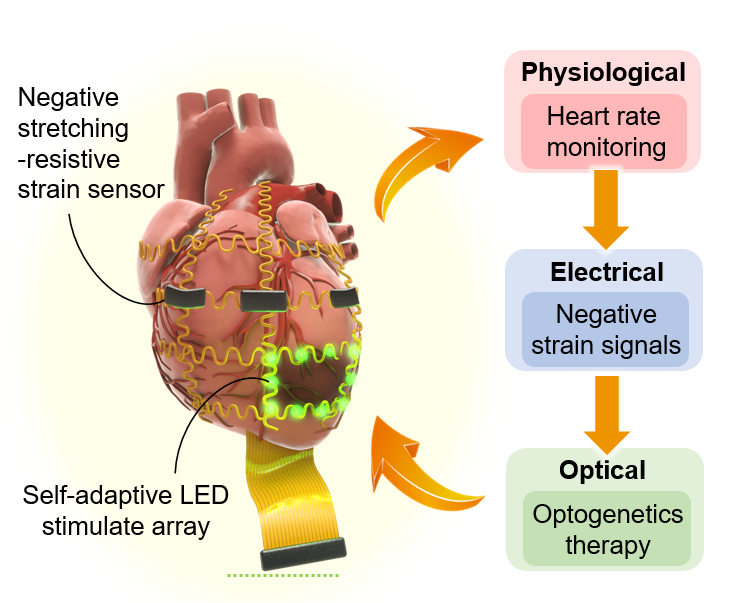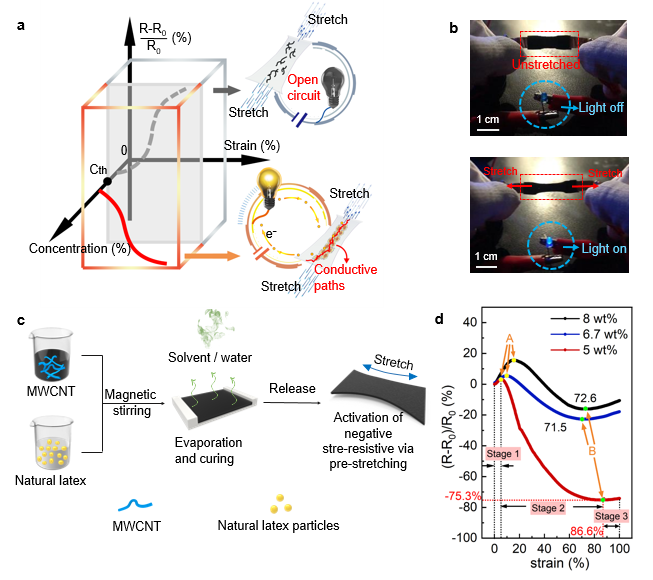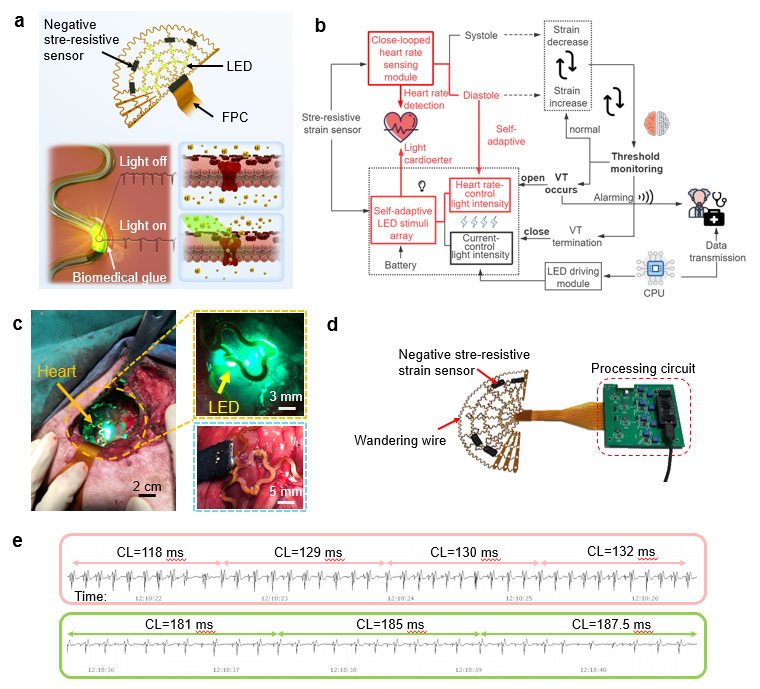- Home
- About Us
- Students
- Academics
-
Faculty
- Electrical Engineering
- Automation
- Computer Science & Engineering
- Electronic Engineering
- Instrument Science and Engineering
- Micro-Nano Electronics
- School of Software
- Academy of Information Technology and Electrical Engineering
- School of Cyber Security
- Electrical and Electronic Experimental Teaching Center
- Center for Advanced Electronic Materials and Devices
- Cooperative Medianet Innovation Center
- Alumni
-
Positions
-
Forum
News
- · Bin Dai's Team Unveils the Assembly Mechanism of β-Lactoglobulin Fibrils, Providing New Insights for the Development of Functional Nanomaterials
- · Mingyi Chen’s research group has made important progress in the field of analog-to-digital converter chips for brain-computer interface
- · Progress in the Development of Semiconductor Nanomaterials to Activate Pyroptosis for Cancer Therapy
- · Jiamiao Yang’s team achieved the high precision optoelectronic reservoir computing based on complex-value encoding
- · Significant Advancements in Resonator-Enhanced Quantum Sensing Achieved by Zenguihua's Team at the School of Sensing Science and Engineering
Prof. Jing-Quan Liu’s team at SJTU published a significant research on self-adaptive cardiac optogenetics based on negative stretching-resistive sensing in the journal Science Advances
Recently, Prof. Jing-Quan Liu’s team, from the Department of Micro/Nano Electronics, School of Electronic Information and Electrical Engineering of Shanghai Jiao Tong University (SJTU), has made an original research on the negative stretching-resistive sensor and its application in cardiac self-adaptive optogenetics system. The research paper entitled “Self-adaptive cardiac optogenetics device based on negative stretching-resistive strain sensor” has been published in the journal Science Advances.

With the development of the society, the change of people’s lifestyle and the tendency of aging population, the influence of angiocardiopathy on people’s health is increasingly important. Accordingly, it is necessary to develop an implantable device for long-term prevention, diagnosis and treatment. Optogenetics is promising in heart and brain for its advantage of cell selectivity, high time-space solution and pace controllable, but the optogenetics device is suffering from long delay time, large power consumption and poor portability. In this research, a highly-integrated implantable optogenetics system based on a novel negative stretching-resistive strain sensor is developed to raise the treatment effectiveness and shorten the first-aid time with lower power consumption.

Figure 1. The diagnosis and treatment of the self-adaptive optogenetics system based on the negative stretching-resistive sensing.
The resistance of the traditional conductive polymer commonly increases with strain because of the breakage of the conductive path. Here, an original negative stretching-resistive material composed by the high concentration of CNT and natural latex (CNT-Natural Latex, CNL) is proposed, and its resistance decreases 75.3% by 86.6% strain. The phenomenon is defined as negative stretching-resistive effect by the authors. When the CNL membrane is in series connection with an LED, the light density increases obviously with the stretched membrane.

Figure 2. The negative stretching-resistive effect.
The negative stretching-resistive strain sensor is then applied to a close-looped self-adaptive optogenetics system. On the one hand, the strain sensor functions as heart rate monitoring. Once the ventricular tachycardia attacks, the light stimulation module turns on. On the other hand, the stain sensor self-adaptively regulates the light intensity with the heart rate to raise the treatment effectiveness. The optogenetics system has the advantages of high integration, high effectiveness and low consumption, which is further proved by in-vivo experiments.

Figure 3 In-vivo experiment of the self-adaptive optogenetics system based on the negative stretching-resistive sensing.
Based on the systematical research on negative stretching-resistive effect, it is promising in implantable and wearable devices, and the self-adaptive optogenetics system will be further minimized for clinical application.
Ph.D candidates Wen Hong and Chunpeng Jiang from the School of Electronic Information and Electrical Engineering are first authors of this work. Dr. Mu Qin and Dr. Ziliang Song from the Department of Cardiology, Shanghai Chest Hospital Affiliated to Shanghai Jiao Tong University are co-authors of this paper. Prof. Jing-Quan Liu is the corresponding author of this paper. This work was supported by the National Key Research and Development Program, the National Natural Science Foundation and so on.
Paper link: https://www.science.org/doi/10.1126/sciadv.abj4273
-
Students
-
Faculty/Staff
-
Alumni
-
Vistors
-
Quick Links
